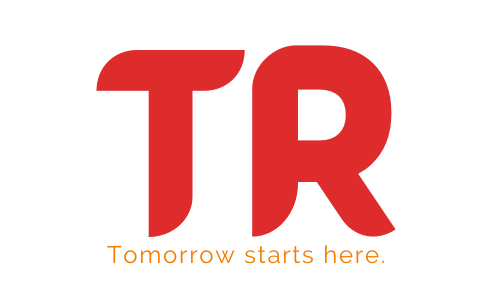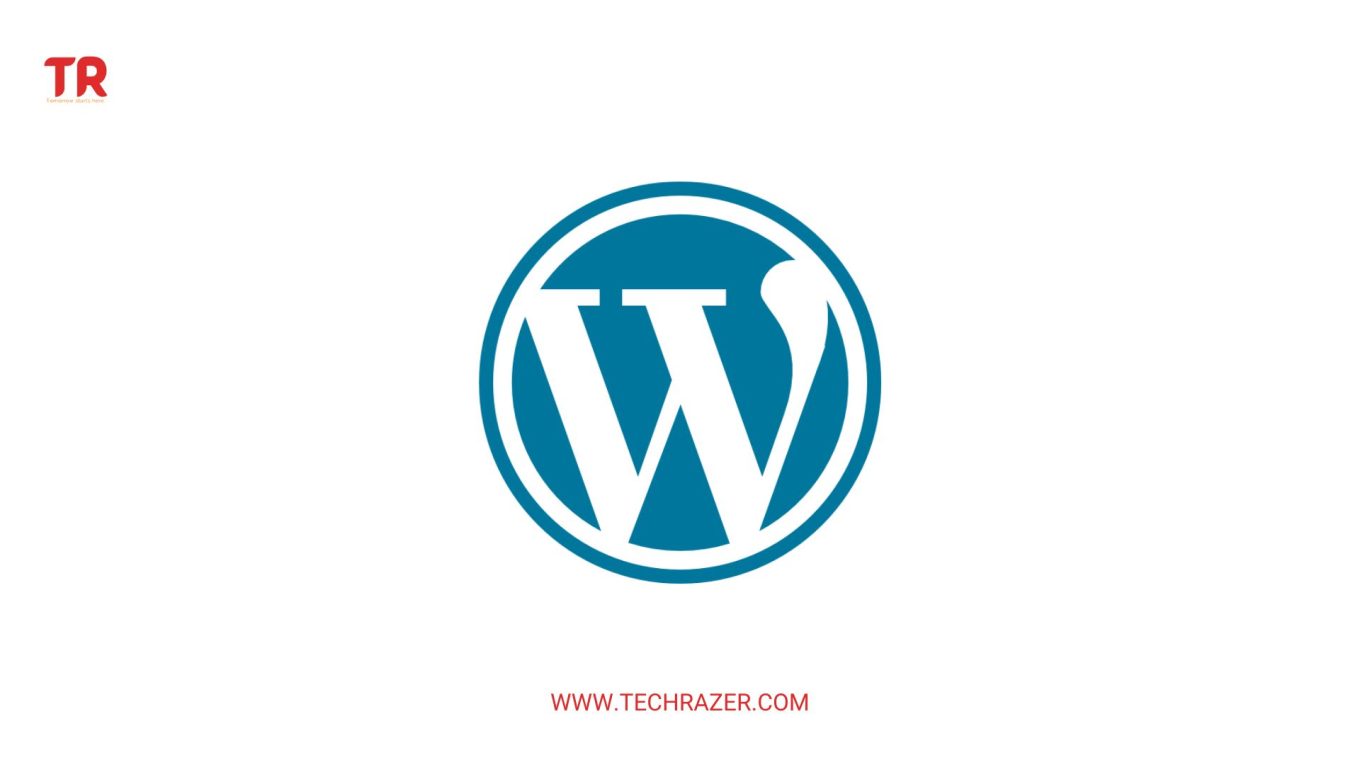What Is WordPress?
Table of Contents
- Introduction
- What is WordPress?
- Advantages of WordPress
- Getting Started with WordPress
- Creating Content in WordPress
- Optimizing WordPress for Search Engines
- Conclusion
Introduction
WordPress is one of the most popular content management systems (CMS) in the world. It is used by millions of people to create websites and blogs and is known for its versatility and user-friendly interface. WordPress is open source, meaning that anyone can use it for free and modify it as they see fit. This article will provide an overview of WordPress and provide guidance on how to use it.
What is WordPress?
WordPress is a free, open-source content management system (CMS). It is used to create websites and blogs and is one of the most popular CMSs in the world. WordPress is written in the PHP programming language and uses a MySQL database. It is highly customizable, allowing users to create custom themes, plugins, and widgets to extend the functionality of the website.
Advantages of WordPress
There are many advantages to using WordPress, including:
- Easy to Use: WordPress is designed to be user-friendly, making it easy for anyone to create a website or blog. It is equipped with an intuitive interface, so users do not need to have any coding knowledge to create their site.
- Flexible and Customizable: WordPress is highly customizable, allowing users to create custom themes and plugins to extend the functionality of their website.
- SEO Friendly: WordPress is SEO-friendly, making it easier for websites to be found in search engine results. This can help to increase traffic to the website.
- Cost-Effective: WordPress is free and open source, so users do not need to pay for hosting or a domain name.
- Security: WordPress is regularly updated to ensure the security of websites.
Getting Started with WordPress
The first step to getting started with WordPress is to choose a hosting provider. A hosting provider is a company that provides the server space and other resources needed to run a website. There are a variety of hosting providers available, so it is important to research them to find the one that best suits your needs.
Once you have chosen a hosting provider, you will need to install WordPress. This is usually a simple process and will require you to enter your hosting details.
Creating Content in WordPress
Once WordPress is installed, you can begin creating content. WordPress has a built-in editor that makes it easy to create posts and pages. Posts are typically used for blog content, while pages are used for static content such as contact information and about pages. WordPress also has a variety of themes and plugins available that can be used to customize the look and feel of your site.
Optimizing WordPress for Search Engines
Once you have created your content, it is important to optimize it for search engines. This will help to ensure that your content is visible in search engine results. WordPress has a variety of plugins available that can help to optimize content, such as Yoast SEO and All-in-One SEO.
Conclusion
WordPress is a powerful and versatile content management system (CMS) that can be used to create websites and blogs. It is highly customizable and user-friendly, making it ideal for those who are new to website design. WordPress is also SEO-friendly and cost-effective, making it an attractive option for those looking to create a website.

